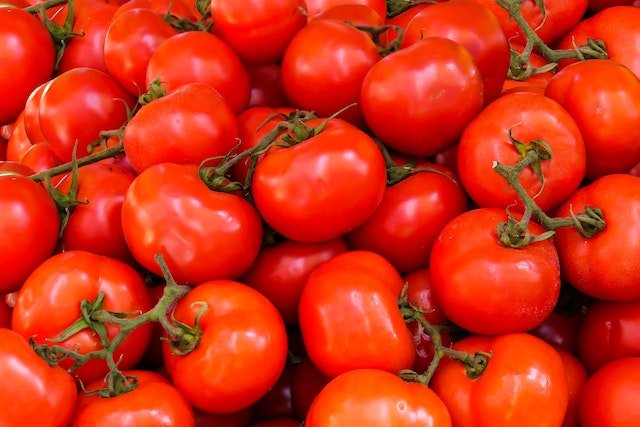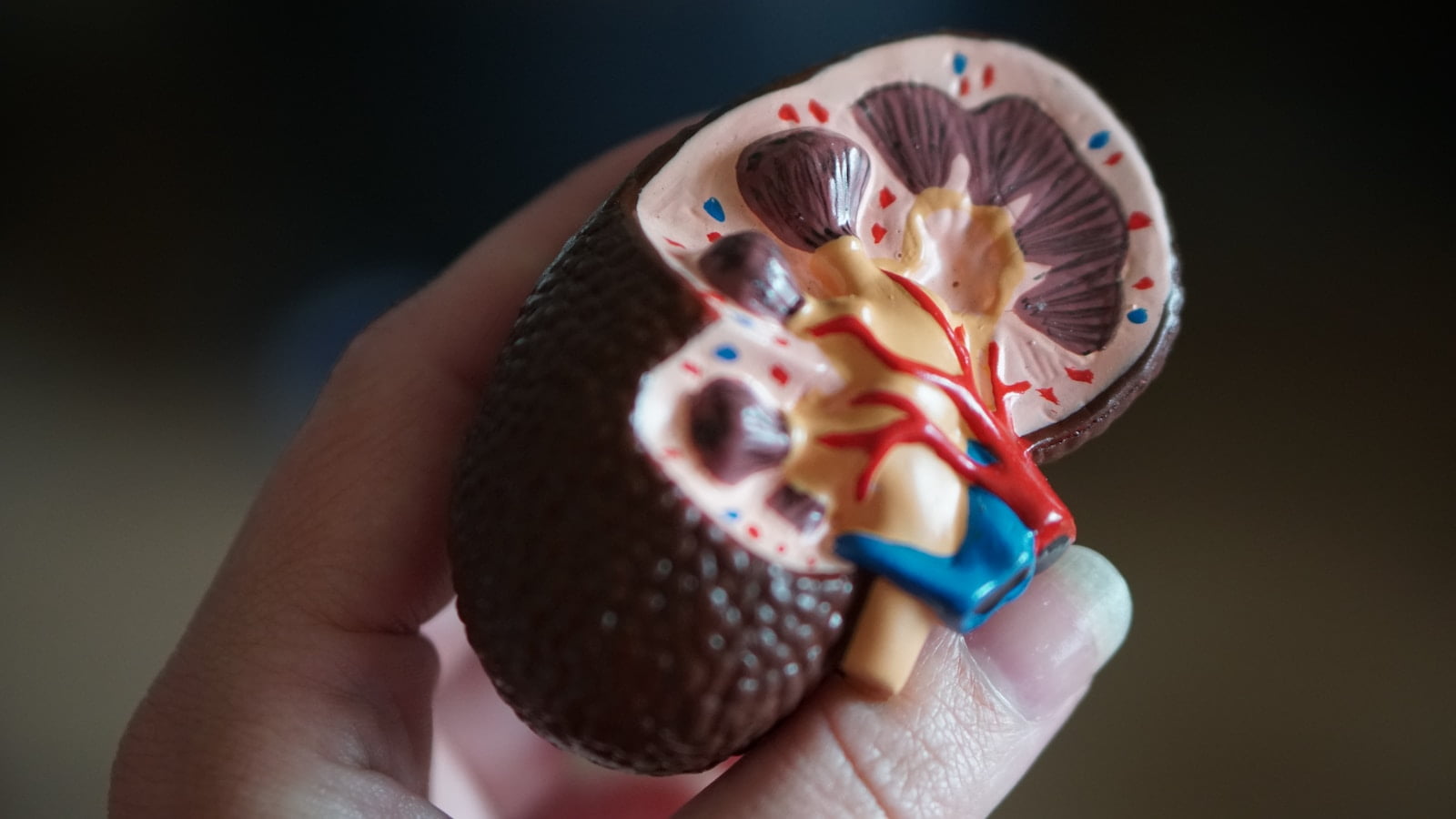Understanding Oxalates and Their Impact on Health
Oxalates, naturally occurring in many foods, can cause health issues like kidney stones, pseudo gout, and other inflammatory conditions when they accumulate in the body. Recognizing the symptoms of oxalate overload is essential for prevention and management.
Common Symptoms of Oxalate Overload
People with high oxalate levels may experience a range of symptoms, including kidney stones (particularly calcium oxalate stones), buildup in bones, skin, joints, blood vessels, gout, headaches, eye pain, urinary pain, genital pain, muscle pain, and intestinal discomfort.
The Role of Diet in Oxalate Management
High Oxalate Foods to Monitor
Oxalates are found in various plants, fruits, and nuts, but not in meat or dairy. Foods particularly high in oxalates include almonds, peanuts, spinach, chocolate, kiwi, strawberries, beets, tea, and bran.
Misconception About Dietary Oxalates
Contrary to popular belief, consuming foods high in oxalates does not directly correlate with increased oxalate levels in urine. Pre-existing conditions affecting the kidneys, liver, or metabolism may impair the body’s ability to process oxalates.
Factors Affecting Oxalate Absorption and Processing
Gut Health and Oxalates
Gut dysbiosis, especially a lack of lactobacillus microbes, can hinder the degradation of oxalates in the intestine, leading to reabsorption into the bloodstream. Therefore, maintaining a healthy gut flora is crucial in managing oxalate levels.
Kidney and Liver Health
Damaged kidneys or liver, possibly due to diabetes, insulin resistance, or high carbohydrate consumption, can struggle to process oxalates effectively. Adhering to a ketogenic diet can aid some individuals in resolving oxalate-related issues.
Practical Tips for Reducing Oxalate Impact
Diet Modifications
Limiting foods high in oxalates, especially almonds, peanuts, chocolate, and spinach, can be beneficial. Combining these foods with calcium-rich foods like cheese can reduce oxalate absorption, as calcium binds to oxalates in the intestines.
Probiotic Supplementation
Incorporating a probiotic supplement with a variety of lactobacillus strains can help reduce oxalate levels by improving gut health and aiding in oxalate breakdown.
Magnesium and Citrate Intake
Increasing magnesium and citrate levels weakens the bond between calcium and oxalates. Magnesium glycinate supplements and consuming lemons or lemon juice can be effective strategies.
Vitamin D Supplementation
Vitamin D enhances calcium absorption in the intestines, which can prevent oxalates from reaching the kidneys. A daily intake of at least 10,000 IU of vitamin D is recommended.
Hydration
Maintaining a high fluid intake (at least 2.5 liters per day) helps dilute urine and prevent calcium and oxalate consolidation, reducing the risk of kidney stones.
A Holistic Approach to Managing Oxalates
Managing oxalates to prevent kidney stones and other health issues involves a holistic approach focusing on diet, gut health, and supplementation. Understanding the foods that contribute to oxalate buildup, maintaining a healthy gut microbiome, ensuring adequate intake of magnesium, citrates, and vitamin D, and staying well-hydrated are key to managing oxalate levels in the body.
























